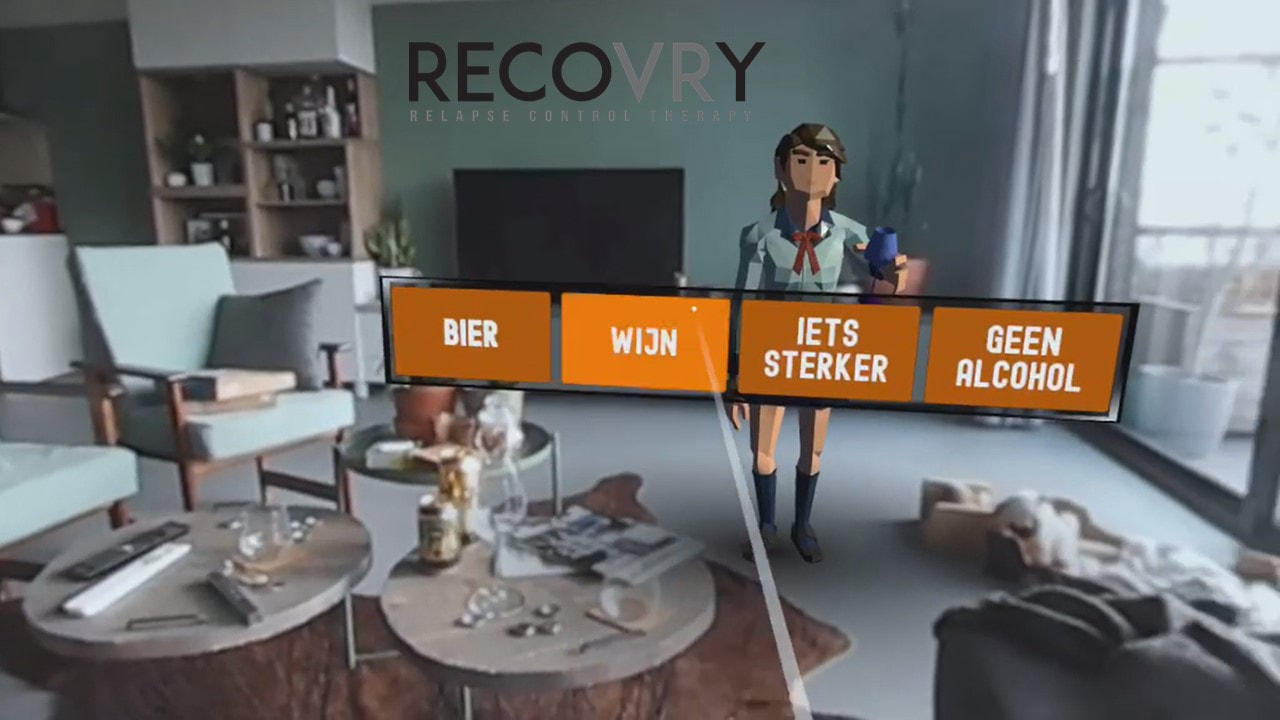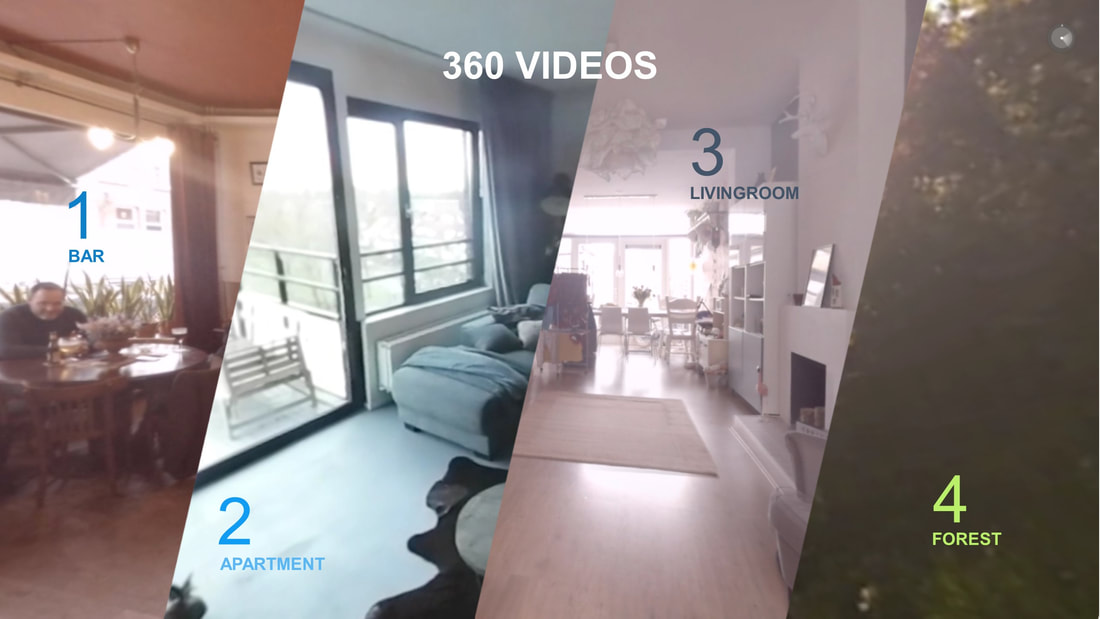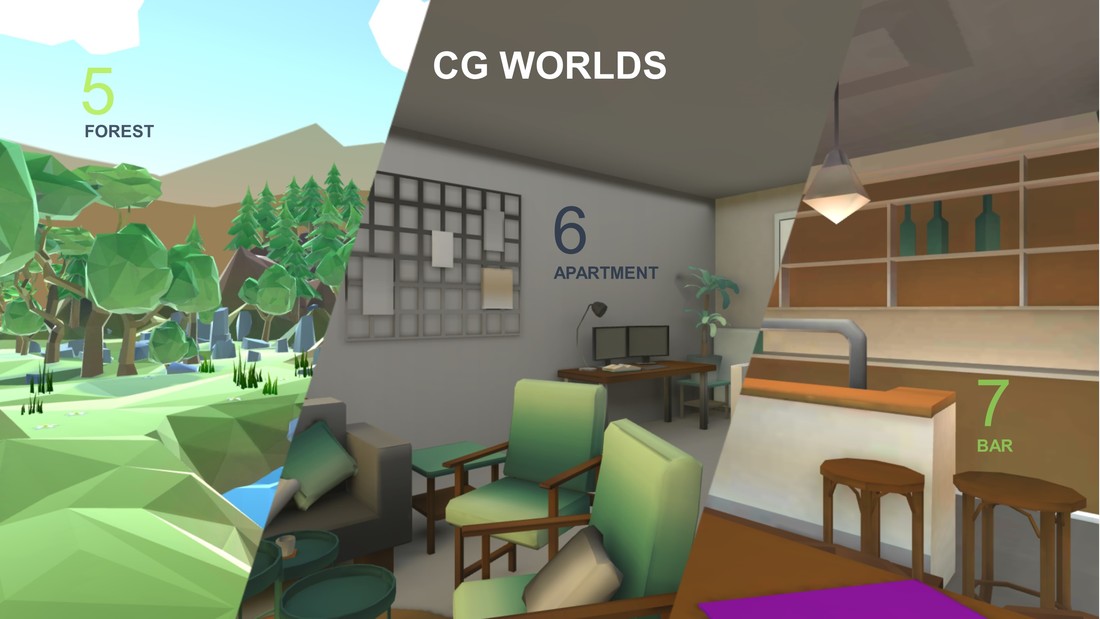|
It is essential to look for new forms of care, with an emphasis on Prevention, Relocation and Replacement (Health & Care Knowledge and Innovation Agenda 2020-2030). Especially when it comes to Alcohol Use Disorder (AUD). Globally, more than 5% of all illness and injury are attributable to AUD. Treatment is challenging; 47-75% of AUD patients who are clinically detoxified relapse within one year. Recovry aims to prevent an unhealthy lifestyle due to (alcohol) addiction by developing and testing a Virtual Reality (VR) self-prevention tool (relocating and replacing care treatment). Although research shows that VR is used successfully in health care and in the treatment of alcohol addiction, especially through the creation of presence, it has not been tested for effectiveness and implementation (as an adjuvant in a clinical post-detoxification phase of an AUD- therapy).
Within the developing and testing of a Virtual Reality and Augmented Reality Exposure Therapy tool on effectiveness, three questions are central: (1) should we use 360 recordings or Computer Generated Worlds? (b) the question of whether (high or low realism) virtual-humans should be used? And (c) whether we should use VR or AR. The use of a virtual human in VR has expected advantages (more effect) but also disadvantages (more costs). The expected advantages and disadvantages of 360o VR (cheaper, faster, more personal) and CG VR (more flexible and interactive) also cause choice and implementation problems. The same goes for AR (e.g., personalized, easy access) versus VR (e.g., more control and flexibility). Recovry is the first project in which a VR and AR tool is (further) developed in which an AUD treatment can (and will) be tested for the effect and effectiveness of adding virtual humans in CG and 360o VR environments and AR content as part of preventive care for patients with an AUD. This project thus serves as a prelude to cooperation in the Netherlands around a more effective implementation of VR and AR in the (self) care system and thus the active and independent integration of former AUD patients in society (“more people, less patients”). |
/ VIRTUAL REALITY EXPOSURE
|
|
When it is difficult to train people in the real world, why not bring the real worlds to them through Virtual Reality & Augmented Reality and provide a safe context. We create worlds that stimulate craving and worlds that help to recover
|
360° video worlds
- Start and leave the clinic: your safe zone
- Enter an existing bar: with or without an invitation to drink?
- Enter your very own living room: with or without alcohol visible present?
- Enter a forest or parc with birds singing: does this calm down and reduce craving?
computer graphic worlds (CG)
- Enter the bar replicated in computer graphics: as much craving as in 360 recording?
- Enter an imaginary home (apartment): should it be clean or messy?
- Enter a safe zone: does this help to create a VRET that can work outside the clinic?
Proudly powered by Weebly



